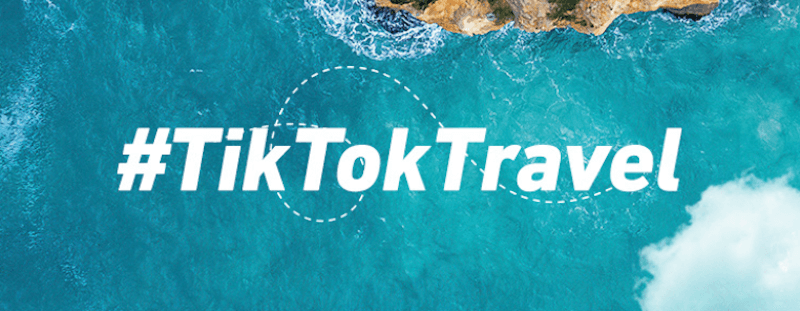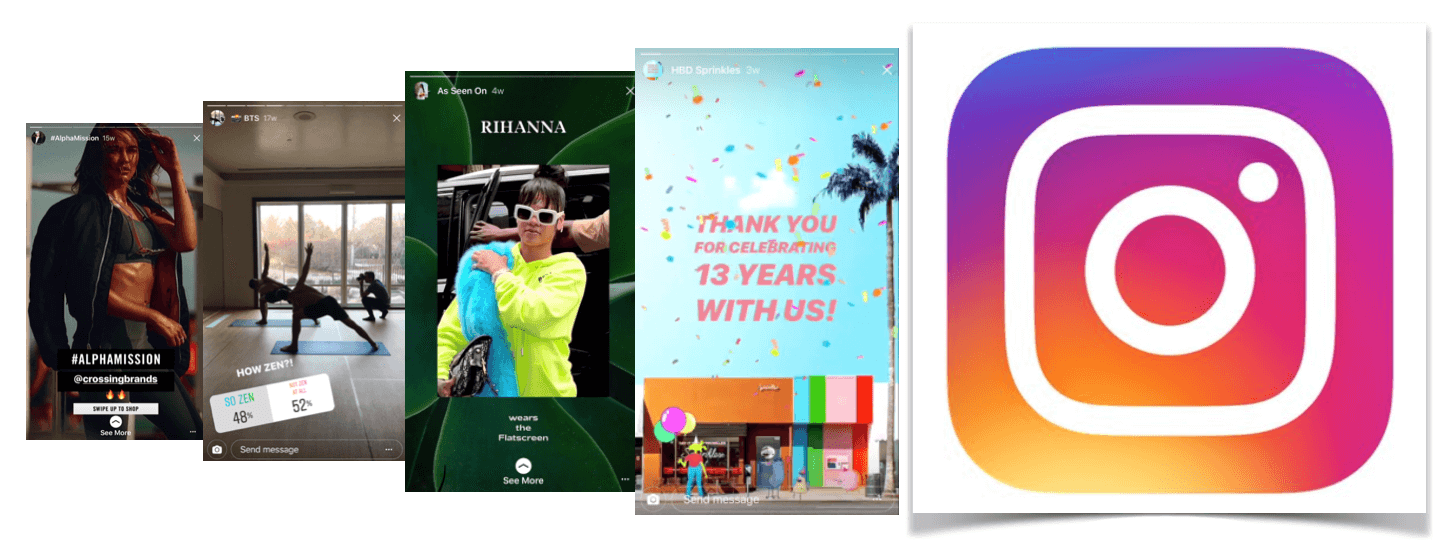Pinterest: Today’s Most Powerful Pitching Tool?
Pinterest might be most well-known as a digital scrapbook used to plan extravagant weddings, add DIY projects to lengthy to-do lists and daydream...

With more than 100 million active users, Pinterest is a powerhouse in the social media sphere. A recent study by Millward Brown showed that 87 percent of users had purchased a product as a result of Pinterest, and 93 percent have used the platform to plan for future purchases. In other words, it’s an extremely influential web space for consumers. But despite these impressive stats, many brands have yet to optimize when it comes to their Pinterest presence. How can you make your page stand out? Start using these five tips and you’ll be on the road to Pinterest success.
Increase search visibility and user engagement by enriching your board titles with keywords. Take it a step further and repeat them in the board’s description. Pins’ descriptions should also have similar keywords within the board. Everything in moderation – avoid “keyword stuffing.” And keep in mind that keywords do not mean hashtags. Those are only useful in a pin’s description; make sure to keep them simple and searchable.
Pinterest is first and foremost a visual medium – so obviously, visually appealing pins are the way to go. But it’s not just about pretty pictures: Pinterest is set up to put as many pins on its feed that can fit, and to do so images are vertically aligned. Always make sure your whole image is seen; the suggested size is 735 by 1102 pixels. To catch pinners’ eye, try out different visuals, such as a mosaic layout or images with overlaid with words. And remember to post high-quality images. No one wants to see pixel-y pins.
Pinners are looking for ways to do something, not just be shown the final product. This goes for both boards and individual pins. An entire board can be dedicated to it: for example, “How-to: Have a Small Barn Wedding.” Pins within this board could give ideas to complete this how-to, such as lanterns, wedding party cowboy boots and images of the countryside. Or an individual pin can be a do-it-yourself or how-to and link to a website or blog post with step-by-step instructions.
Huh? It seems like a no-brainer to focus on topics that only pertain to your brand. However, users are more likely to search in a more general fashion. For example, a user is not searching for “Sunsets at City Park,” but they are searching for “Sunsets in Denver” or “Sunsets in Colorado.” Position yourself as a thought leader by reaching out past your niche scope. Title your boards something general and don’t over describe your pins. Give your users the whole picture, but always lead them back to your specific website. Which leads us to the next tip...
Pinterest is all about clicking on to see more. Users know that Pinterest is only the first step in their search for inspirational imagery, DIYs, how-tos and important tips. Your board descriptions and pins should be linkable back to your website, blog post, calendar event, etc., anything that can help direct pinners directly to your site.
Looking for more “pinspiration”? Check out some Pinterest brand success stories.

Pinterest might be most well-known as a digital scrapbook used to plan extravagant weddings, add DIY projects to lengthy to-do lists and daydream...

TikTok is the world’s fastest growing social media platform – and the coronavirus crisis has only seen it grow even faster. In March, there was an...

The Instagram Stories revolution is still going strong – and visual storytelling may never be the same. The rapid growth of the feature, which lets...